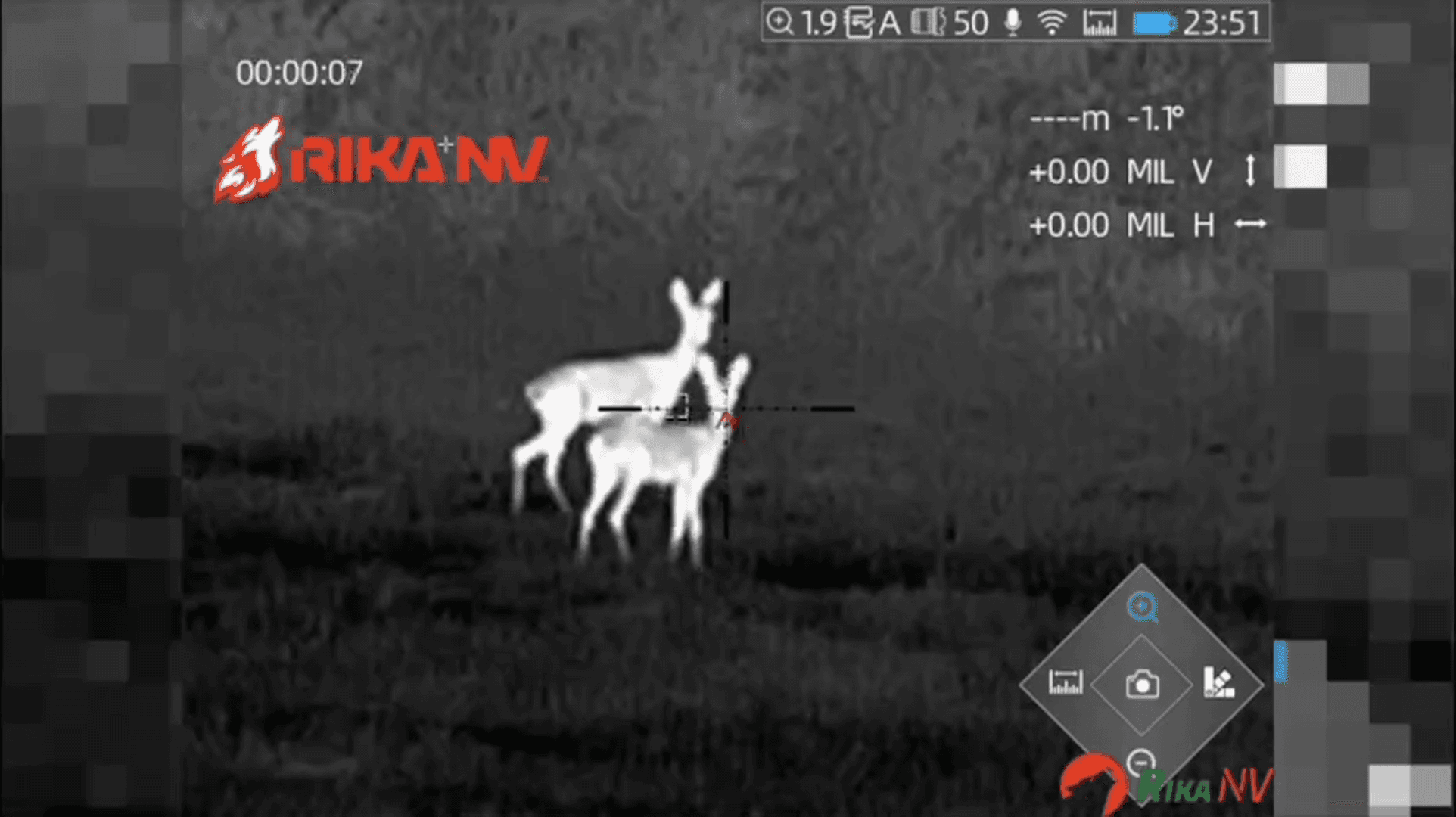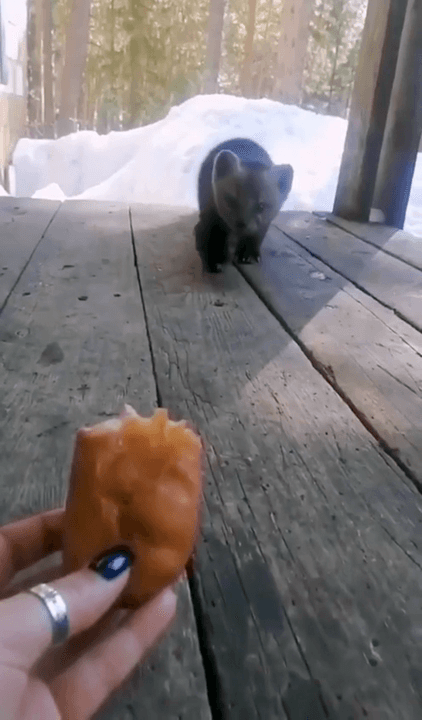
Hunting in GILÉ National Reserve: A Unique African Experience Blending Tradition, Adventure, and Conservation The Gilé National Reserve, located in Mozambique, is an exceptional destination for hunting enthusiasts. With impressive biodiversity and landscapes ranging from open savannas to dense forests, this place offers an authentic and challenging hunting experience. In this article, we will explore the geographical features, hunting practices, regulations, and traditions that make Gilé a unique place for hunters. Understanding Terrain and Nature: How Geography Shapes Hunting Grounds The Gilé National Reserve spans approximately 2,100 square kilometers of diverse terrain. The region is characterized by its extensive savannas, miombo forests, and riparian areas, which provide ideal habitats for a wide variety of species. The presence of rivers and seasonal lagoons attracts wildlife, especially during the dry season, making Gilé a strategic place for hunting. The varied topography, w
Post: 3 July 06:15














































